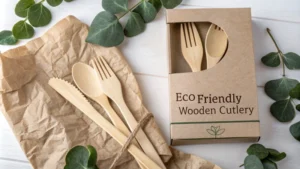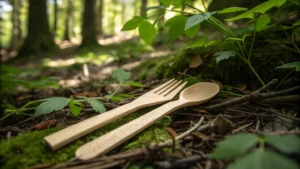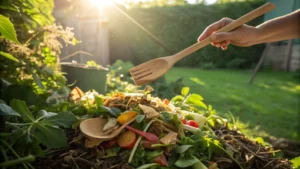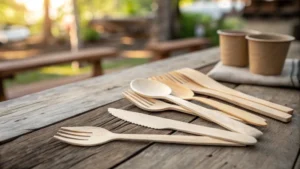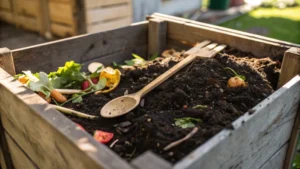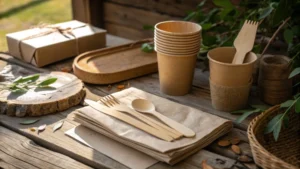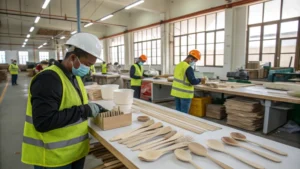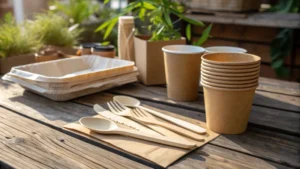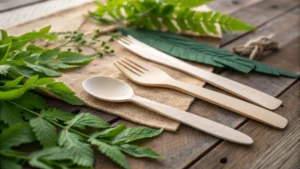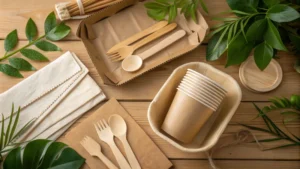
What Are the Best Eco-Friendly Packaging Solutions for Disposable Wooden Cutlery?
This article discusses the best eco-friendly packaging solutions for disposable wooden cutlery, emphasizing biodegradable plastics, bamboo fiber paper, and recyclable materials. It highlights the environmental benefits of these options, such as reducing plastic waste and appealing to eco-conscious consumers. The piece also explores the importance of certifications like FSC and BPI in validating sustainable practices. By adopting these packaging solutions, brands can enhance their image, attract loyal customers, and contribute positively to the environment. Real-life examples illustrate how businesses have successfully transitioned to sustainable packaging while boosting customer satisfaction and brand loyalty.

